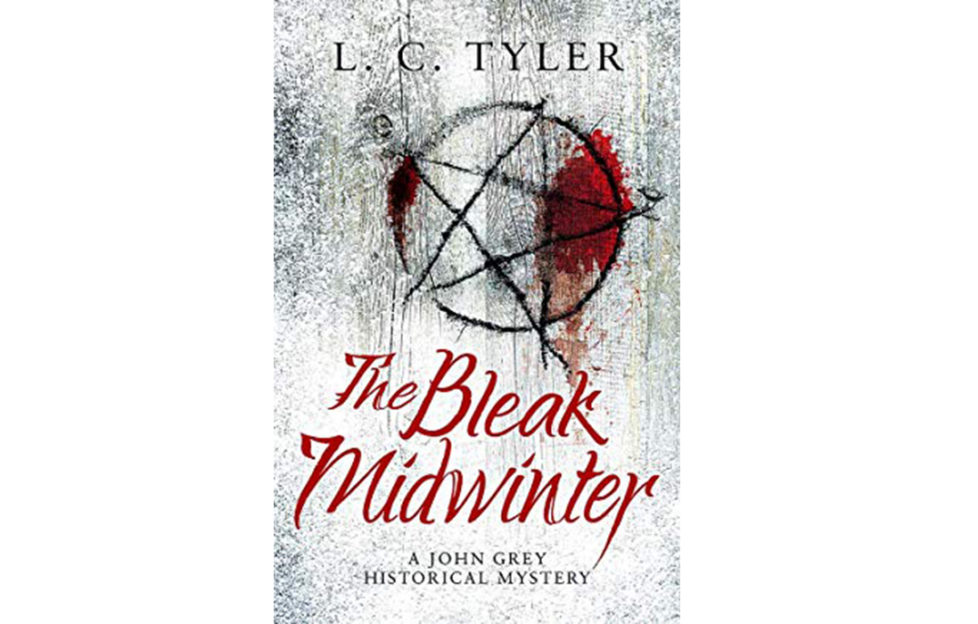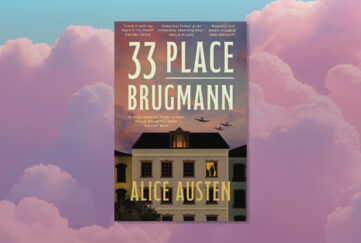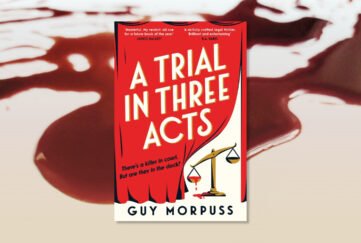The Bleak Midwinter | L C Tyler

REVIEWED BY BARBARA BEATON
Violence leads to a witchhunt in this historical murder mystery
It is 1668. John Grey is a Justice of the Peace and lives in the manor house he has inherited on his mother’s death with his new wife, Aminta.
As the village is cut off from the rest of the world by a heavy snowfall, George Barwell is discovered dead in the woods. Grey is called to examine the horribly disfigured body amidst the rumours that the attack has been the work of the Devil as the victim had been cursed by reputed witch Alice Mardike just days before his violent death.
As Barwell’s father-in-law leads the villagers into kidnapping Alice and throwing her into the millpond to see if she floats as a witch or drowns as an innocent woman, Grey agrees to investigate the murder: His main suspect is the very man leading the witchhunt.
But if Grey can’t solve the mystery of George Barwell’s death within a week, Mardike will be tried for witchcraft – and the sentence has already been decided…
The reader can empathise with the main characters
This is written in a very entertaining style, with a great deal of wit and pithy one-liners. For example, when a young village girl asks Alice if she can teach her witchcraft, she says no, “It’s handed down, mother to daughter, like syphilis.” As a result the reader can identify very quickly with the main characters, in spite of the fact that they are almost 300 years apart in time. They may be living in the seventeenth century, but they have the same fundamental concerns as the reader.
The period setting also makes it easy to understand why, when a villager is found brutally murdered, the local “witch” is the first person everyone suspects, regardless of any actual evidence.
Fortunately for the story, John Grey is not convinced – possibly to do with the fact that the victim is the village philanderer, who has promised to marry every young woman in the village. He’d given most of the women over the age of fourteen a motive!
In addition, in the wake of the massive witch-hunts of the mid 1600s, women were keen to distance themselves from someone suspected of being a witch in order to avoid being accused themselves – and what better way than to claim to be a victim? And in village life, almost everyone has a score to settle with someone.
But who is the real killer?
John Grey’s good standing in the village allows him to be brave enough to stand up to the mob mentality of the villagers. And so John sets about trying to uncover the real killer – with a little help from his very capable and sharp-witted wife.
His investigations do however lead him into dangerous situations that hinder his progress at best, and put him and his wife in peril at worst. Nevertheless, he is determined to find the real culprit and save Alice’s life.
The author’s accounts of witchcraft, and how easily the villagers gang up on Alice, reveals an almost latent nastiness in human nature. Indeed, in his own notes at the end of the book, he states that this kind of belligerent group behaviour has always been with us, long before the invention of social media…
“The targets of our witch-hunts have changed, but witch-hunting is still a popular sport”. This particular sport is illustrated in this story with well-researched sharpness, softened by well-observed humour.
The result is a fast-paced page-turner of a murder mystery, full of clever plot turns, witty one-liners, and a satisfying conclusion – as well as a twist I didn’t see coming.
This thoroughly enjoyable story has all the elements of a good country murder mystery, but with an accurate historical setting too. What’s not to love?




